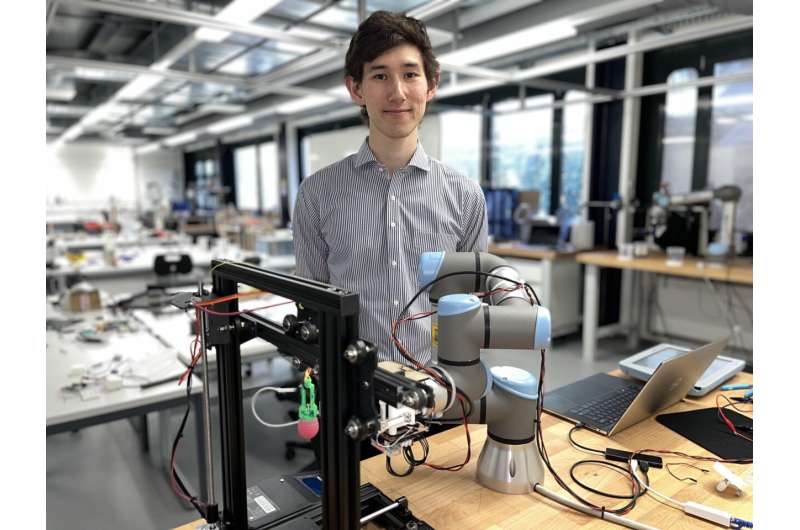Raspberries are the ultimate summer fruit. Famous for their eye-catching scarlet color and distinctive structure, they consist of dozens of fleshy drupelets with a sweet yet slightly acidic pulp. But this delicate structure is also their primary weakness, as it leaves them vulnerable to even the slightest scratch or bruise.
Farmers know all too well that raspberries are a difficult fruit to harvest—and that’s reflected in their price tag. But what if robots, equipped with advanced actuators and sensors, could lend a helping hand? Engineers at EPFL’s Computational Robot Design & Fabrication (CREATE) lab have set out to tackle this very challenge.

For the uninitiated, picking a raspberry is no easy task. You have to support the berry from below, grasp it gently between your thumb and index finger, then pull carefully until it detaches from the receptacle—the part of the fruit that remains attached to the plant—and falls into the palm of your hand.
To help harvesting robots get accustomed to this task, the CREATE engineers designed and built a silicone raspberry that can “tell” the robot how much pressure is being applied, both while the fruit is still attached to the receptacle and after it’s been released. The silicone raspberry’s properties can be adjusted to simulate the fruit’s resistance and require the robot to exert the necessary picking force. Thanks to this feedback, robots can trained to harvest the fruit without damaging it.